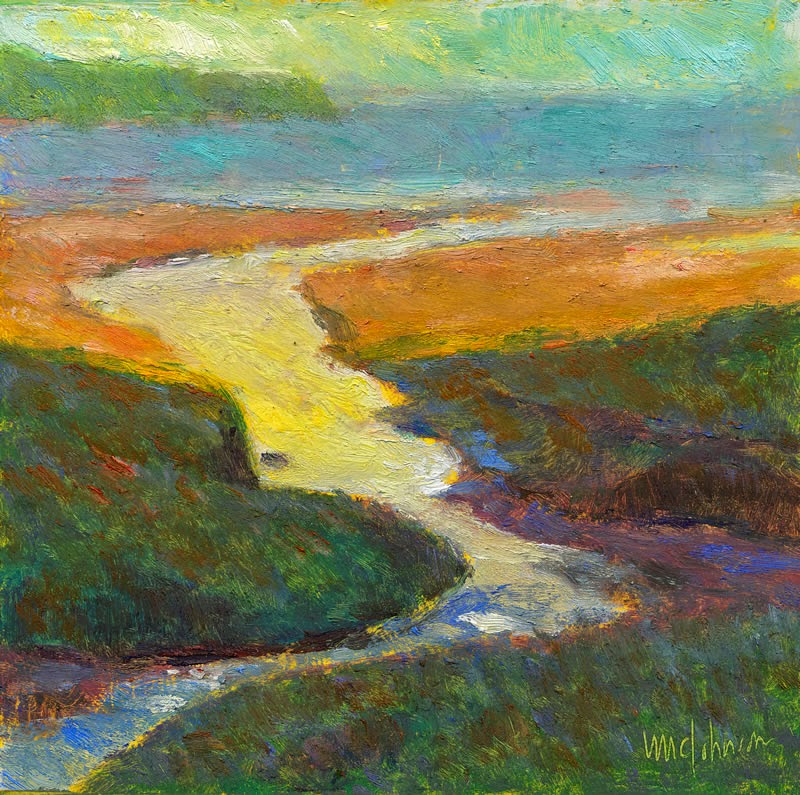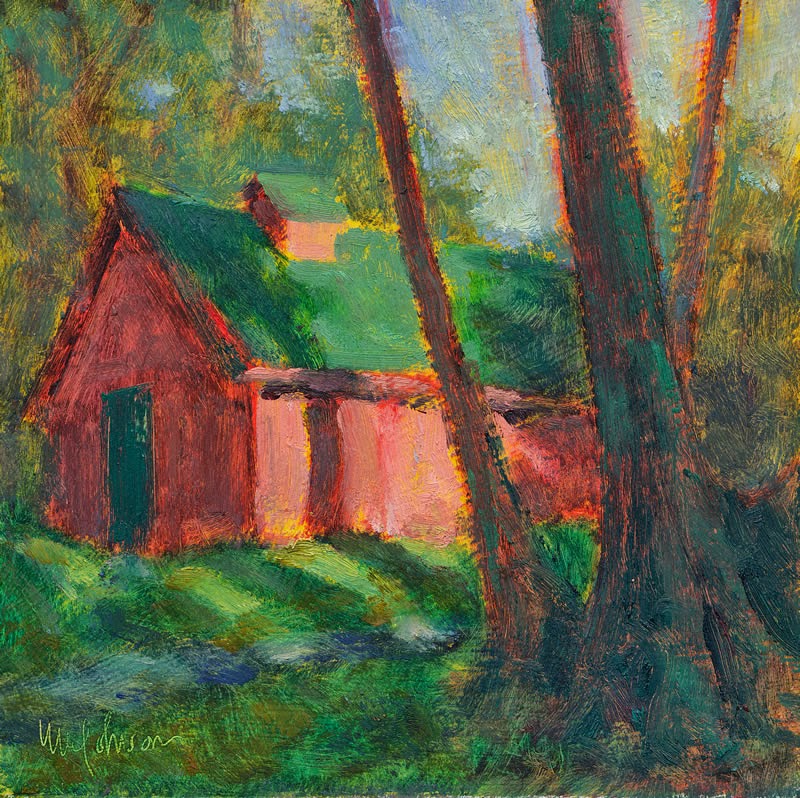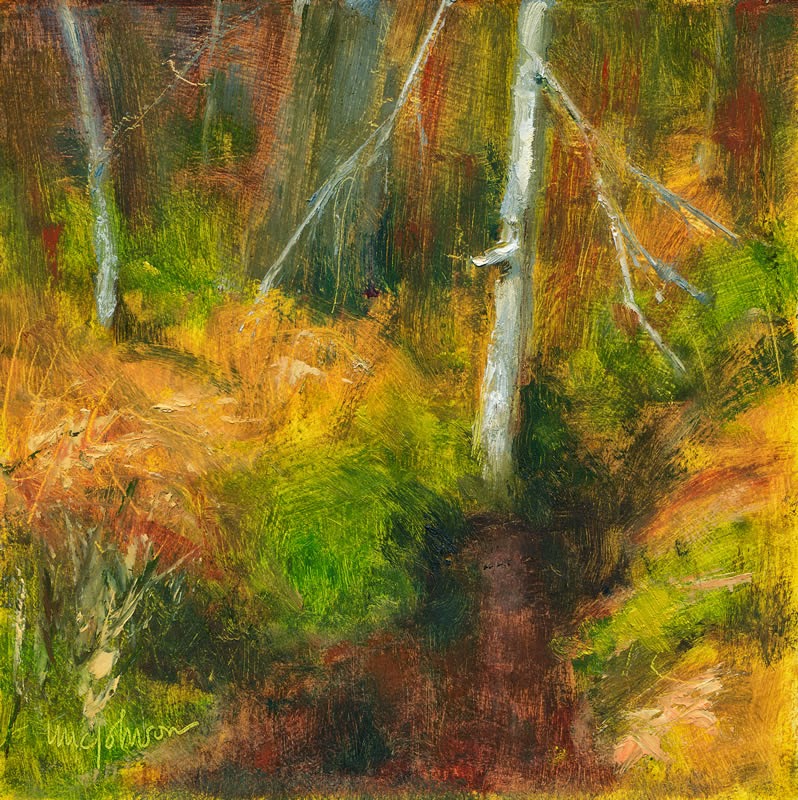When I was identified as having a gene for Lynch Syndrome, I resolved to be better about applying sunscreen when outside painting or teaching. After all, if you learned you had a mutation that made you vulnerable to lung cancer, you’d hardly keep on smoking, would you?
The problem is that I just can’t seem to break the sun habit. I live in the far north, where we have two months in which we can shed our layers. And I’m chronically Vitamin D-deficient (which is endemic here in the Great Lakes region). Higher levels of vitamin D are associated with better outcomes for colorectal cancer, which I’ve had once and am at a high risk of having again.
| When it’s sunny, we’re often bundled up and exposing very little skin. Here we are painting at Owl’s Head, Maine, last October. |
A new study seems to indicate that even high-SPF sunscreen provides insufficient protection against melanomas (the skin cancer that kills) although they provide adequate protection against the less-aggressive squamous-cell carcinomas.
“UV light targets the very genes protecting us from its own damaging effects, showing how dangerous this cancer-causing agent is,” said lead investigator Professor Richard Marais of the University of Manchester’s Cancer Research UK Institute.
His research found that SPF 50 sunscreen did not protect against the development of melanoma with UV sunlight exposure. Although sunscreen protects us against sunburn, it might not protect against skin cancer.
|
When it all comes together—sun, warmth and subject—it’s hard to remember to stop and put on sunscreen.
|
Does this mean I can stop worrying about sunscreen when I’m outside painting? Sadly, no. “This work highlights the importance of combining sunscreen with other strategies to protect our skin, including wearing hats and loose fitting clothing, and seeking shade when the sun is at its strongest,” said Professor Marais.
Well, I do wear a hat, and capris instead of shorts. I could add ¾ length sleeves. But no socks. Socks with sandals are ridiculous.
Buy some sunscreen and come to Maine and learn to paint. I have two openings left for my 2014 workshop in Belfast, ME. Information is available here.

























